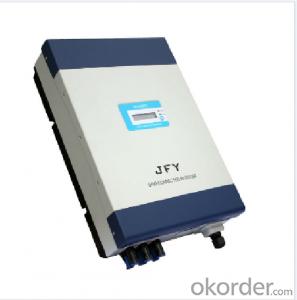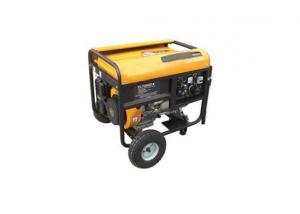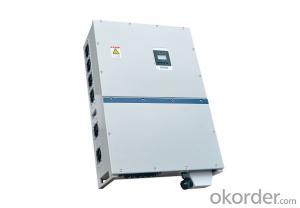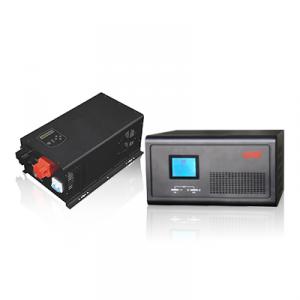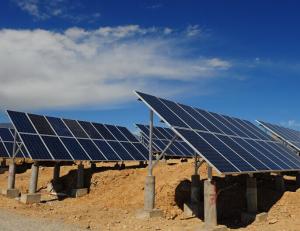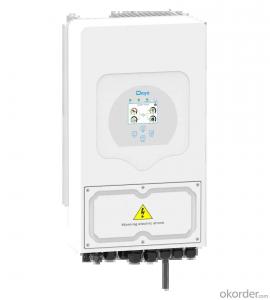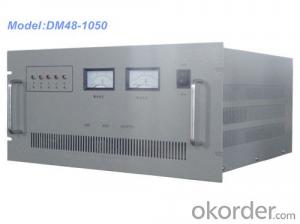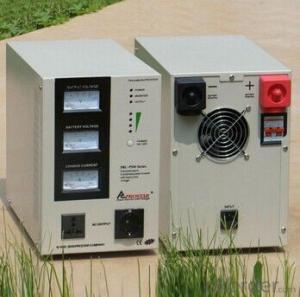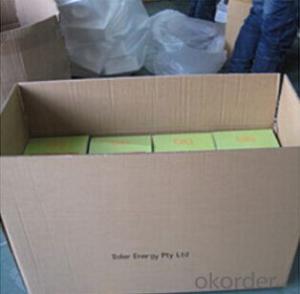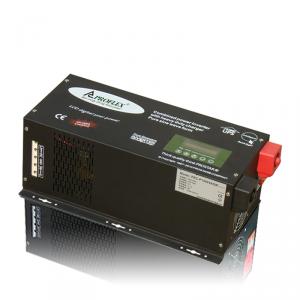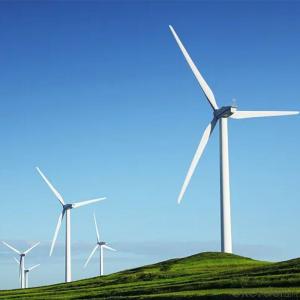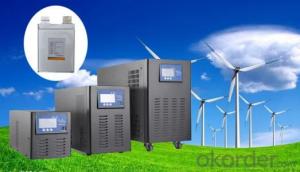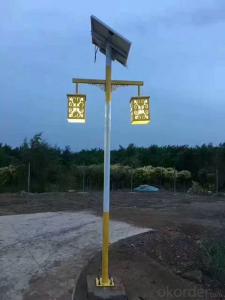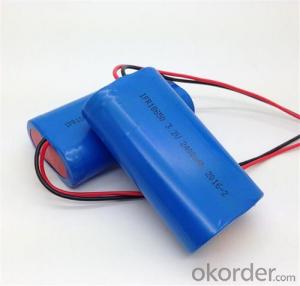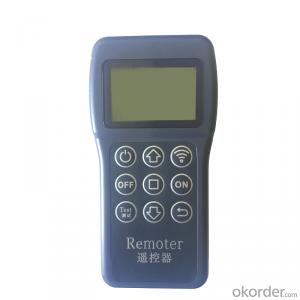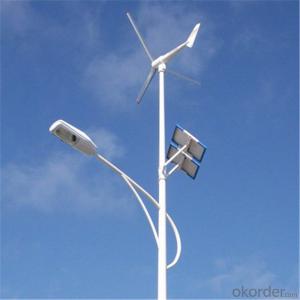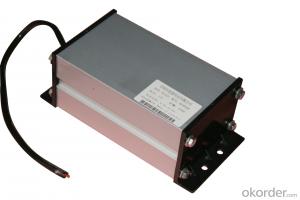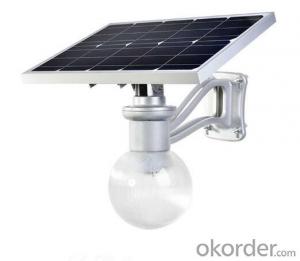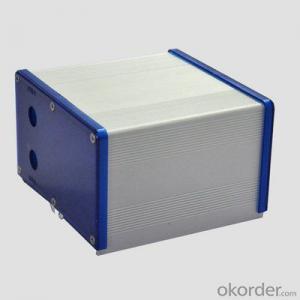5kva Solar Inverter
5kva Solar Inverter Related Searches
Solar 5kva Inverter 5kv Solar Inverter 5kw Solar Inverter Solar 5kw Inverter 5kw Solar Power Inverter 5 Kva Solar Inverter 5kva Inverter Solar System 5kva Hybrid Solar Inverter Solar Power 5kw Inverter 5 Kilowatt Solar Inverter 5k Solar Inverter 5kw Solar Panel Inverter 5kw Solar Hybrid Inverter 5kva Solar Inverter Price 5kw Inverter Solar System 5kw Hybrid Solar Inverter Inverter For 5kw Solar System 5kw 48v Solar Inverter 5kv Solar Inverter Price 5kw Solar Inverter For Sale Hybrid Solar Inverter 5kw 5kva Mppt Solar Inverter Best 5kw Solar Inverter 5.5 Kva Solar Inverter 5 Kw Hybrid Solar Inverter 5kw 3 Phase Solar Inverter 5kw Solar Inverter Price Tesla Solar Inverter 5kw Solar 5kw Inverter Price 5kw Solar Inverter Cost5kva Solar Inverter Supplier & Manufacturer from China
The 5kva Solar Inverter is a high-quality product designed to convert solar energy into usable electrical power. This efficient device is essential for harnessing the power of the sun and providing a reliable source of energy for various applications. The 5kva Solar Inverter is widely used in residential, commercial, and industrial settings, making it a versatile choice for those looking to adopt solar power as a sustainable energy solution. Its compact design and user-friendly interface make it easy to install and maintain, ensuring a smooth transition to solar energy.The 5kva Solar Inverter is suitable for a variety of usage scenarios, including off-grid systems, grid-tied systems, and hybrid systems. It can be used to power homes, businesses, and even remote locations where traditional energy sources may be unavailable or unreliable. The inverter's ability to convert DC power from solar panels into AC power makes it an indispensable component in any solar energy system. By choosing the 5kva Solar Inverter, users can enjoy the benefits of clean, renewable energy while reducing their carbon footprint and dependence on fossil fuels.
Okorder.com is a leading wholesale supplier of the 5kva Solar Inverter, offering a vast inventory to meet the growing demand for solar energy solutions. As a reputable online platform, Okorder.com ensures that customers receive top-quality products at competitive prices. By partnering with reliable manufacturers and maintaining a large stock of 5kva Solar Inverters, Okorder.com is able to provide customers with fast shipping and excellent customer service. This makes it the ideal choice for those looking to purchase this essential solar energy component in bulk or for individual use.
Hot Products



